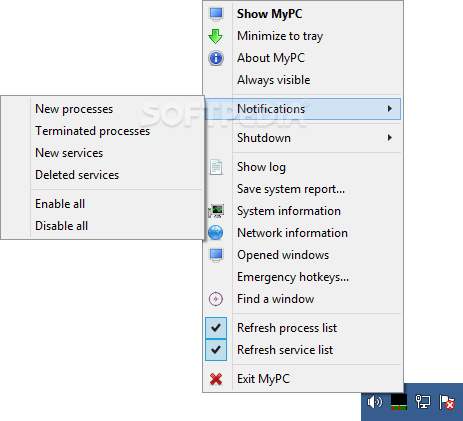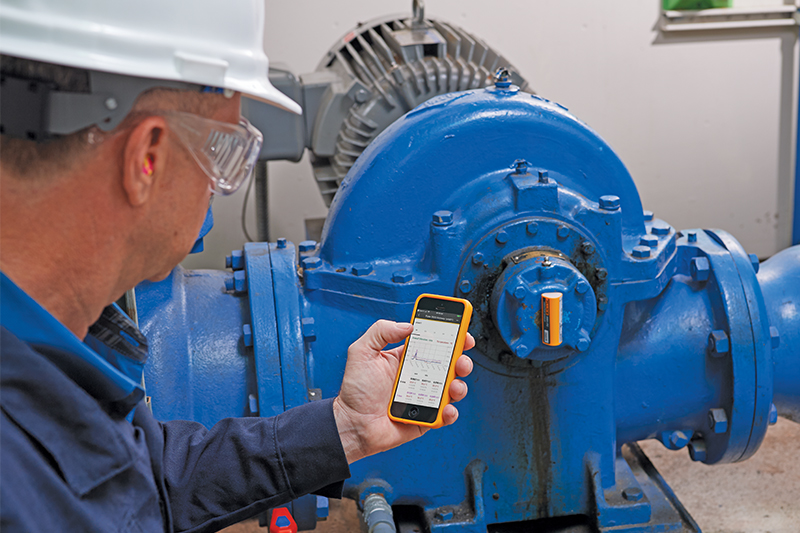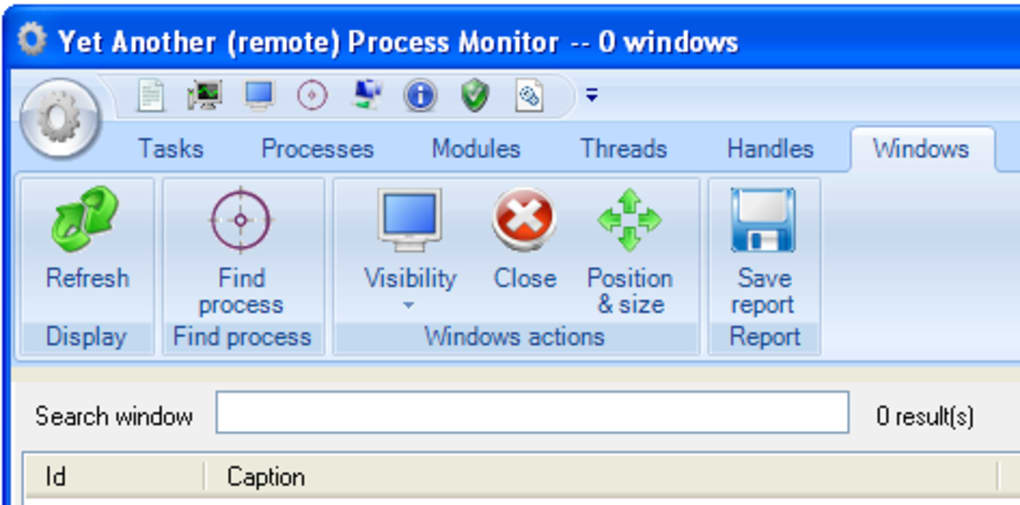

In the past, once an industrial product was sold to a customer, the manufacturer lost all visibility into how the product was performing.

What is remote monitoring’s role in optimizing service? Remote monitoring solutions built on the leading applications will often leverage additional intelligence-such as intelligent queueing/routing of notifications, geospatial directions to the asset in need, and even service instructions. The common element here is that monitoring applications are delivering any actionable information in real-time. This may include dashboards, applications, or mobile notifications the exact form is usually determined by the nature of the machine, the status or behavior being tracked, and what a service response might look like. The third component in a remote monitoring apparatus is the delivery of actionable data. Ideally, an IIoT platform is taking custody of this data, so that it can be used in remote monitoring and analytics applications. These metrics may be sent directly to the cloud, or in instances where the data is substantial enough, it is processed on the edge, transmitting actionable data to the cloud. The next step is the processing and storage of data. Collecting this data requires industrial connectivity and is best managed through a standardized industrial connectivity system designed to accommodate a complex, heterogeneous environment and support an IIoT platform. For older assets, sensors and connectivity are added onto existing structures. For newer equipment, much of this connectivity is being designed into the product. Remote monitoring starts with machine sensors that are attached to the equipment that relay a constant, enormous stream of data. Maintenance and service technicians may review data and perform direct inspections, based on what metrics are telling them.īy contrast, remote monitoring relies on three key components: connectivity to collect data, a place to process and store data, and mechanisms for notifying and presenting data in an actionable way. The frequency that status and performance data is reviewed will depend on the cost of the asset, its age and durability, and the potential impact resulting from downtime.

Historically, machine data is captured on an ongoing basis, but the review of that data is done incrementally. This allows an asset that is on-site in a factory, hospital, on the road, or out in the field, to be visible to parties responsible for preventing downtime, or in the event of unplanned downtime, accelerating appropriate service. This is chiefly accomplished through a combination of Internet of Things (IoT) technology and cloud computing to track machine performance. Remote monitoring is the ability to view machine status, performance, and behavior from a distance. This post explores the following questions: What is remote monitoring? How does it work? And what are its benefits? Early adopters have already established an early advantage to position themselves with best-in-class service.įor those at the start of their journey, there is still time to catch up to leaders. As companies seek to drive value through more reliable and digital-laden products, implementing remote monitoring will become increasingly mandatory to compete. This may be in part due to its nomenclature, which can suggest commercial security monitoring, or consumer-focused vehicle monitoring. But despite its widespread adoption, remote monitoring is not universally understood. Remote monitoring of industrial assets’ complex physical equipment has proven its value across a range of verticals, from agriculture to healthcare.


 0 kommentar(er)
0 kommentar(er)
